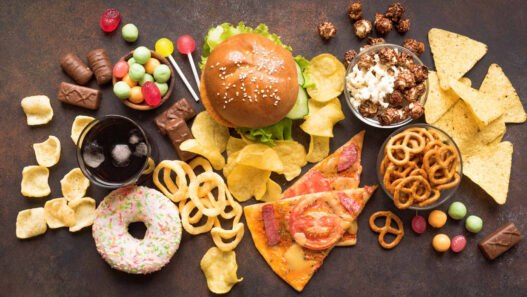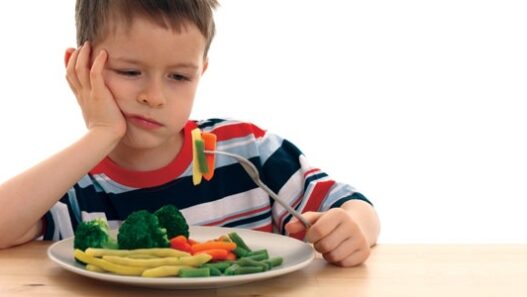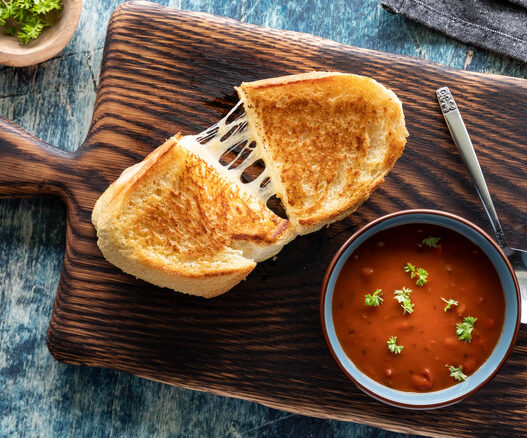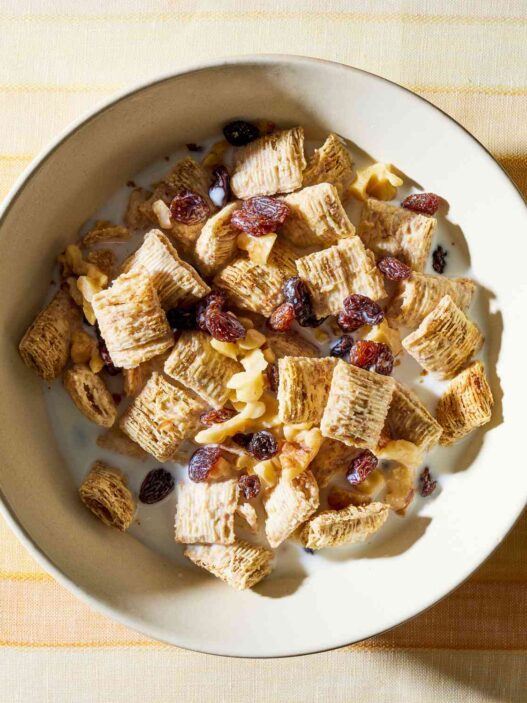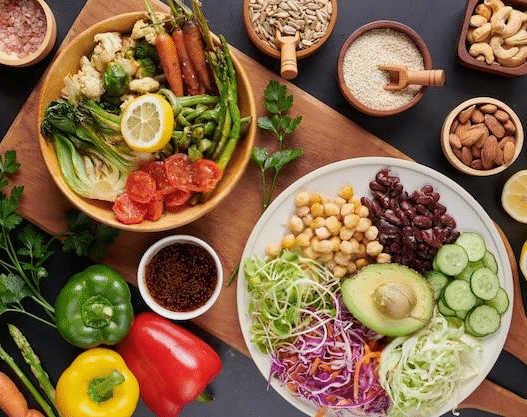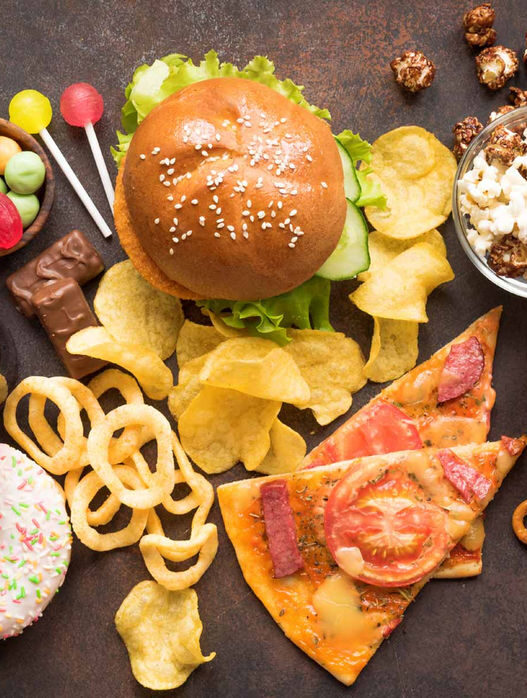You know how it goes. You spend time chopping, stirring, maybe even sneaking in a veggie or two with hope. The plate lands on the table, warm and made with love, and then comes the sigh.“
Ugh… do I have to eat this?”“Can I just have toast instead?”It stings a little. You’re tired, maybe even proud of what you made, and now you’re stuck between nutrition and negotiation.
But here’s the thing, this isn’t just your house. Picky eating is everywhere. It’s normal. And no, it doesn’t mean you’re doing anything wrong.
Why Are Kids Such Picky Eaters?
Kids don’t turn their noses up at food just to test your patience—there’s usually something deeper going on.Sometimes, it’s all about how things feel or taste. Mushy textures, bitter flavors, anything slimy—it can be a full sensory overload for little ones.
What seems harmless to us might feel completely off to them. And then there’s comfort. Familiar foods like pasta, fries, or nuggets? They’re safe. Predictable.It’s not stubbornness, it’s comfort.
When everything else feels unpredictable, familiar food becomes their anchor. That bowl of plain pasta or stack of nuggets? It’s not just a meal, it’s safety.
Something they can count on when the rest of the day feels too loud, too new, or just too much.Trying something new can feel like a risk they’re not ready to take.
Control & Independence → Saying “no” at the table gives them a sense of power.
A mother once told me
“My son would rather go to bed hungry than touch a green vegetable. I thought I was failing, until I realized it was just a phase.”
Understanding this psychology is the first step toward creating a meal plan that works.
Golden Rules of Meal Planning for Picky Eaters
Routine is Your Best Friend
Kids thrive on structure. Serve meals and snacks around the same time daily—it reduces tantrums.
Choices, Not Commands
- Don’t say: “Eat your broccoli.”
- Do say: “Would you like broccoli or carrots today?”
Small choices give them big confidence.
Balance Familiar With New
If your child loves pasta, add a few colorful veggies on the side. The comfort food makes new items less scary.
Start With A Spoonful
One spoonful feels less threatening than a full plate. Over time, that spoonful becomes a habit.
Involve Them in Cooking
Let kids sprinkle cheese, stir soup, or pick fruits at the grocery store. When they feel like chefs, they eat like champions.
Creative & Fun Meal Ideas
Rainbow Plates → A mix of red strawberries, orange carrots, yellow corn, green peas, and purple grapes. The colors feel like a game.
Fun Shapes → Cut sandwiches, cheese, or fruits into stars and hearts. Presentation can be magic.
Hidden Veggies → Blend spinach into pasta sauce, or grate zucchini into muffins. Kids eat what they can’t see.
Try DIY Nights → Taco bars, sandwich stations, or mini-pizza nights—kids love assembling their own meals.
One dad shared
“My daughter refuses plain carrots, but when I let her ‘decorate’ her pizza with them, she eats without complaint.”
Sample 2-Day Meal Plan
Day 1
Breakfast: Mini whole-grain waffles with banana slices and peanut butter.
- Snack: Yogurt with blueberries.
- Lunch: Grilled chicken quesadilla (with hidden spinach).
- Snack: Apple slices with a small cheese stick.
- Dinner: Turkey meatballs with pasta + roasted carrot fries.
Day 2
- Breakfast: Scrambled eggs with toast (cut into star shapes).
- Snack: Smoothie with mango + hidden kale.
- Lunch: Mini veggie pizza with whole wheat base.
- Snack: Crackers with hummus.
- Dinner: Baked salmon bites with mashed potatoes and
Parents’ Emotional Side (The Human Truth)
Let’s be honest-picky eating tests your patience. Many parents confess they’ve cried after meals or argued with partners about what to cook.
But here’s the reality
- You’re not failing as a parent.
- Picky eating is often temporary.
- With gentle consistency, progress always happens.
“It took my son seven tries before he finally accepted scrambled eggs. The eighth time, he said, ‘Actually, this is yummy!’ That moment was priceless.”
Myth vs Reality
- Myth: “If I don’t force my child, they’ll never eat healthy food.”
- Reality: Forcing makes it worse. Exposure + patience = long-term success.
- Myth: “My kid will never change.”
- Reality: Most picky eaters expand their tastes over time.
When to Worry
- While most cases are normal, watch for red flags:
- Refusing entire food groups (like all proteins).
- Losing weight or showing weakness.
- Extreme gagging or anxiety around food.
- If these appear, consult a pediatrician or registered dietitian.
Conclusion
Meal planning for picky eaters is not about perfection-it’s about small wins. Today, it might be one carrot stick. Tomorrow, maybe a whole salad. Every little progress matters.
So, take a deep breath, keep meals positive, and remember: picky eating is a chapter, not the whole book. With patience, love, and smart planning, your child will learn to enjoy a variety of foods.
Next time your child says, “I don’t like it,” just smile and think: “Not yet-but one day, you will.”





